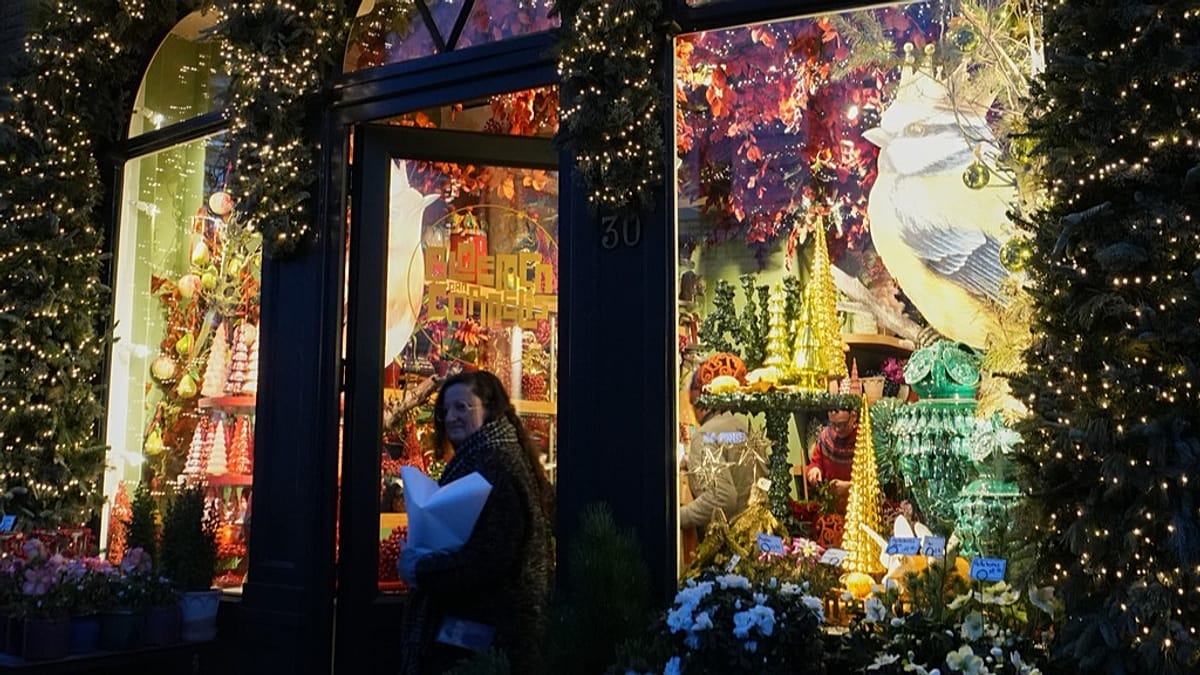The northern lights are potentially visible tonight. Where and how to see them.


The northern lights wowed sky gazers across much of the U.S. last night when they made an exciting appearance in states as far south as Florida. But if you missed out last night, don't worry, the skies are set to be glowing again tonight as another blast of geomagnetic energy is coming, according to a prediction from the Space Weather Prediction Center.
Wrap up warm, pick a dark, secluded spot, and keep on reading to see when and how you can spot the northern lights tonight.
When are the northern lights?
Tonight, Nov. 12, the northern lights are returning to North American skies. The Space Weather Prediction Center is predicting a "severe" geomagnetic storm, meaning the chances of there being northern lights are pretty high.
The geomagnetic activity is measured by the planetary K index, or Kp. It ranges from 0 to 9, with higher numbers indicating stronger activity and a greater chance of seeing the aurora across the United States. Tonight’s activity is forecast to reach a Kp of 8, meaning the northern lights could move far from the poles and appear bright and active, even across northern parts of the U.S. According to these stats, the northern lights should peak at 10 p.m. ET.
Where will the northern lights be visible?
According to maps from the Space Weather Prediction Center, the northern states are more likely to see the northern lights tonight. However, social media posts from last night have revealed people as far south as Florida managed to catch a glimpse of them.
This Tweet is currently unavailable. It might be loading or has been removed.
These maps display the view line cutting roughly through Washington, Minnesota, Wisconsin, New York, and up to Maine. Anywhere above this line has a very high chance of spotting the northern lights, but this is approximate, not a strict boundary. And don't count yourself out if you live a little further south, with a Kp of 8, you might just get lucky...
This Tweet is currently unavailable. It might be loading or has been removed.
What causes the northern lights?
The aurora borealis, commonly known as the northern lights, is a natural light phenomenon visible in the night sky, most often near the polar regions. NASA explains that the display happens when charged solar particles interact with Earth’s atmosphere, producing glowing streaks of green, pink, and purple that ripple and move overhead.
Viewing tips for the northern lights
Catching a glimpse of the northern lights can be a stroke of luck. There are so many elements at play, including your local forecast and cloud coverage, but there are some things you can do to help. As ever with these events, travel away from light pollution as much as you can, and don't forget to give your eyes time to adjust. The Space Weather Prediction Center also suggests the best time to see the aurora is usually between 10 p.m. and 2 a.m. local time, when displays are at their most active.















































